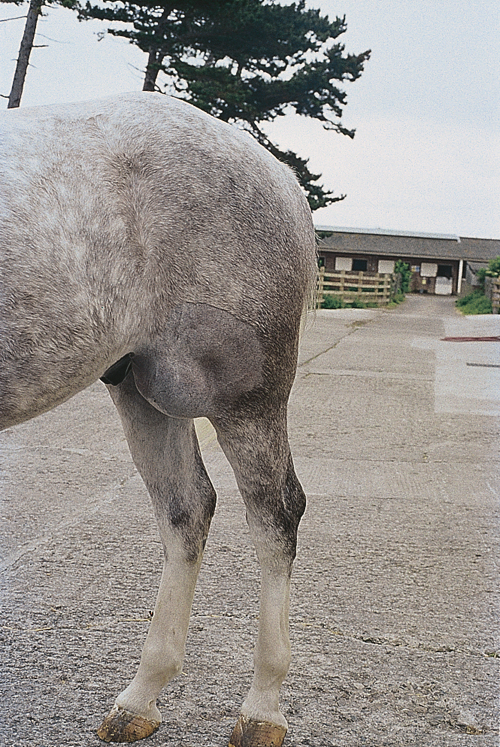Difference between revisions of "Equine Orthopaedics and Rheumatology Q&A 16"
Jump to navigation
Jump to search
Ggaitskell (talk | contribs) |
|||
| Line 19: | Line 19: | ||
*Ultrasonography to confirm a fluid-filled structure. | *Ultrasonography to confirm a fluid-filled structure. | ||
*Sampling to investigate the nature of the fluid. | *Sampling to investigate the nature of the fluid. | ||
| − | |l2= | + | |l2=Bursitis#Diagnosis |
|q3=How would you treat the condition? | |q3=How would you treat the condition? | ||
|a3= | |a3= | ||
Having confirmed, with a contrast study, that the bursa did not communicate with any other synovial structures, the bursa could be drained and an attempt made to obliterate the secretory synovial lining. | Having confirmed, with a contrast study, that the bursa did not communicate with any other synovial structures, the bursa could be drained and an attempt made to obliterate the secretory synovial lining. | ||
| − | |l3= | + | |l3=Bursitis#Treatment |
</FlashCard> | </FlashCard> | ||
Latest revision as of 12:32, 1 August 2011
| This question was provided by Manson Publishing as part of the OVAL Project. See more Equine Orthopaedic and Rheumatological questions |
A seven-year-old Irish Draught gelding developed a soft swelling on the left hindlimb. This was not associated with any marked lameness, and there was no history of severe trauma to the region.
| Question | Answer | Article | |
| What is this condition? | Prepatellar bursitis. The other possibility is a haematoma, which may ultimately lead to this type of bursal swelling. |
Link to Article | |
| How could you confirm your diagnosis? |
|
Link to Article | |
| How would you treat the condition? | Having confirmed, with a contrast study, that the bursa did not communicate with any other synovial structures, the bursa could be drained and an attempt made to obliterate the secretory synovial lining. |
Link to Article | |
